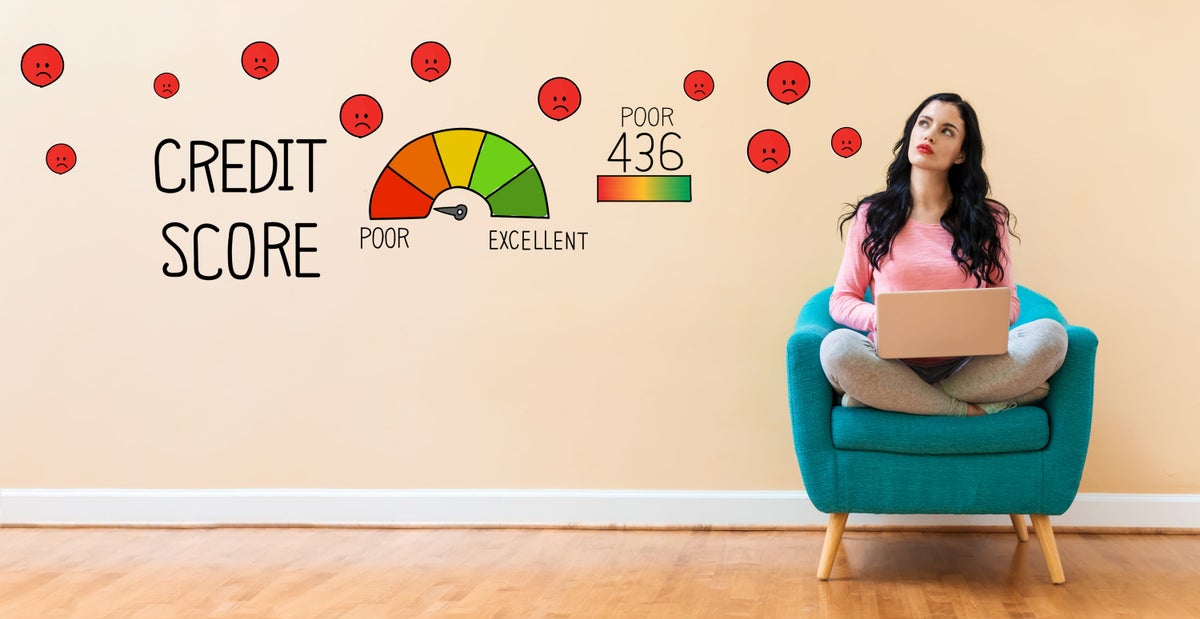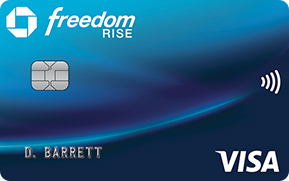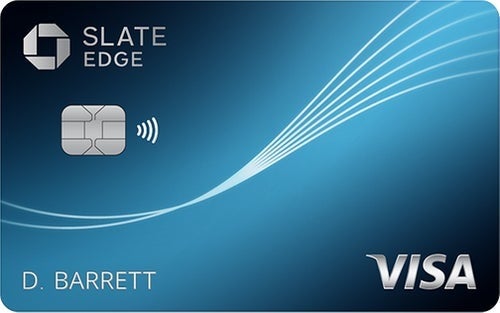Jarrod West
Jarrod West
Senior Content Contributor
584 Published Articles
Countries Visited: 21U.S. States Visited: 24
Boasting a portfolio of over 20 cards, Jarrod has been an expert in the points and miles space for over 8 years. He earns and redeems over 1 million points per year and his work has been featured in o...
Edited by: Kellie Jez
Kellie Jez
Director of Operations & Compliance
6 Published Articles 1292 Edited Articles
Countries Visited: 10U.S. States Visited: 20
Kellie’s professional experience has led her to a deep passion for compliance, data reporting, and process improvement. Kellie’s learned the ins and outs of the points and miles world and leads UP’s c...
![Which Chase Credit Card Is Best for Building Credit? [2025]](https://upgradedpoints.com/wp-content/uploads/2021/05/woman-holding-credit-card.jpeg?auto=webp&disable=upscale&width=1200)




![CareCredit® Credit Card — Review [2024]](https://upgradedpoints.com/wp-content/uploads/2020/05/Synchrony-CareCredit-Card.png?auto=webp&disable=upscale&width=1200)
![The New United Explorer Card – Full Review [2025]](https://upgradedpoints.com/wp-content/uploads/2024/06/UNTD_ExplorerCard.png?auto=webp&disable=upscale&width=1200)
![The World of Hyatt Credit Card – Full Review [2025]](https://upgradedpoints.com/wp-content/uploads/2018/03/World-of-Hyatt-Credit-Card.png?auto=webp&disable=upscale&width=1200)
![Full List of Chase Credit Card Customer Service Numbers [2025]](https://upgradedpoints.com/wp-content/uploads/2021/01/Chase-Building-Logo.jpg?auto=webp&disable=upscale&width=1200)